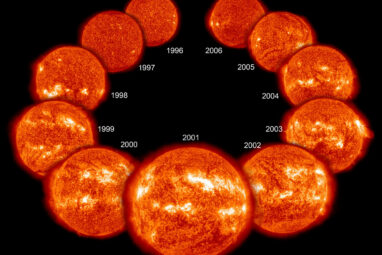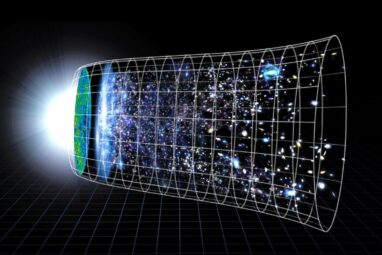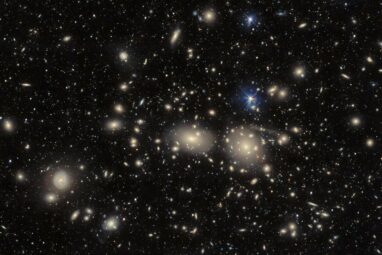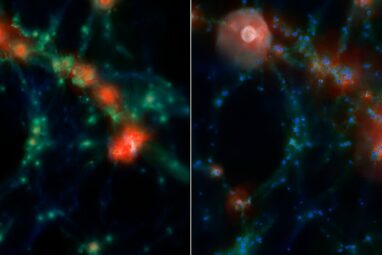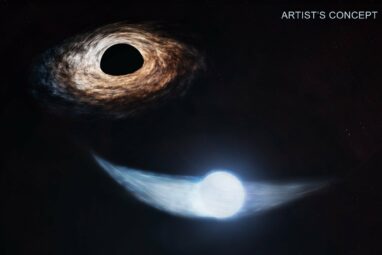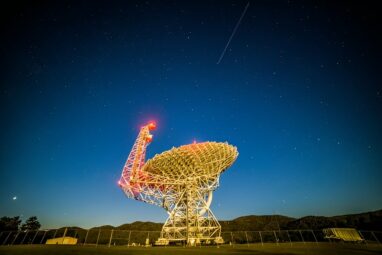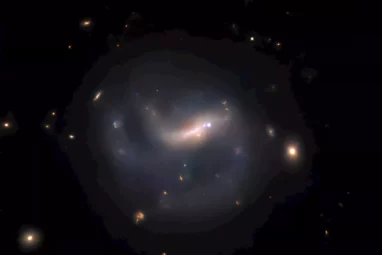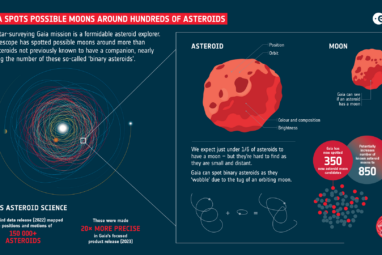We know that the Earth has an iron core surrounded by a mantle of silicate bedrock and water (oceans) on...
The past decade has seen a rapid expansion of the commercial space industry. Rival nations are competing for prime military...
An international team of astronomers, led by a researcher from the University of Geneva (UNIGE), has shown that the sun’s...
We know many things about our universe, but astronomers are still debating exactly how fast it is expanding. In fact,...
The Dark Energy Camera has captured an image of the dazzling Coma Cluster, named after the hair of Queen Berenice...
Time moves a tad faster on the moon. Now an international group of astronomers has joined calls to give the...
A team of astronomers using a Yale supercomputer have determined for the first time that galaxies in denser environments are...
By using new data from NASA’s Chandra X-ray Observatory and Neil Gehrels Swift Observatory as well as ESA’s XMM-Newton, a...
When my colleagues and I set to work on a century-old cosmic mystery, we found an unexpected celestial laboratory in...
Astronomers learn about the universe by pointing their telescopes to the sky. But what happens when a satellite comes between...
This NASA/ESA Hubble Space Telescope image features the galaxy LEDA 857074, located in the constellation Eridanus. LEDA 857074 is a...
ESA’s star-surveying Gaia mission has again proven to be a formidable asteroid explorer, spotting potential moons around more than 350...


